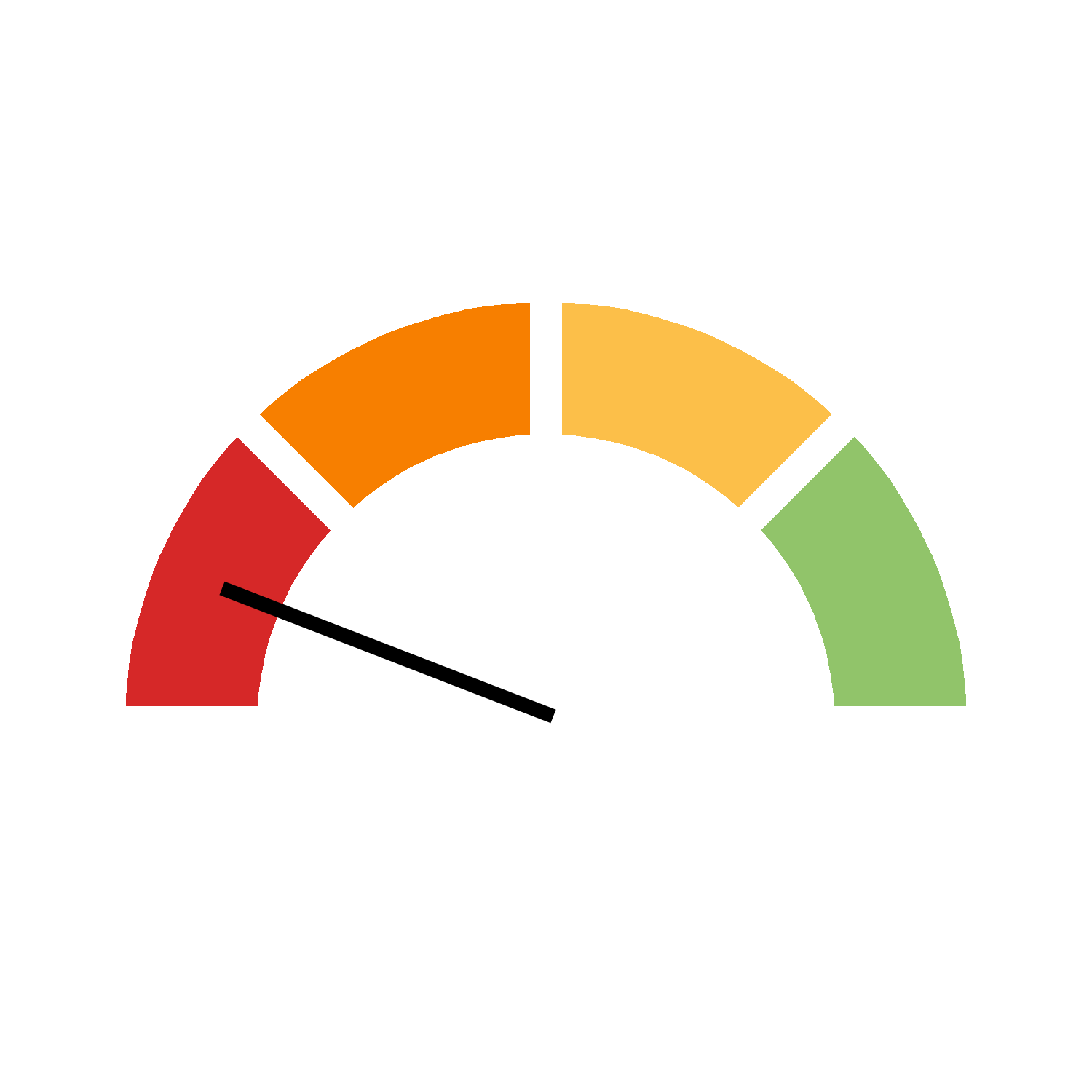The table below contains more information regarding the indicator.
| Indicator name |
Proportion of the population living with obesity |
|---|---|
| Target |
Halt the rise in obesity from the 2010 baseline |
| Indicator description |
This indicator measures the percentage of the population living with obesity. The indicator uses the body mass index (BMI) which is calculated by dividing the respondent’s body weight (in kilograms) by their height (in metres) squared. |
| Geographical coverage |
Canada |
| Unit of measurement |
Percentage |
| Calculations |
According to the World Health Organization (WHO) and Health Canada guidelines, the index for body weight classification for the population aged 18 and older is: less than 18.50 (underweight); 18.50 to 24.99 (normal weight); 25.00 to 29.99 (overweight); 30.00 to 34.99 (obese, class I); 35.00 to 39.99 (obese, class II); 40.00 or greater (obese, class III). The population aged 5 to 17 is classified as “overweight” or “obese” according to age and sex specific cut-off points defined by the World Health Organization. |
| Comments and limitations |
Data from the Canadian Health Measures Survey are collected over a two-year period from a sample of approximately 5,700 respondents. The result for reference year 2011, which encompasses responses collected over the period of 2009-2011, is taken as the 2010 baseline for obesity.
|
